18.02.03 Acts 1:6-11
JESUS ASCENDS
Acts. 6 So when they had come together, they asked Him, “Lord, are You restoring the kingdom to Israel at this time?”
7 He said to them, “It is not for you to know times or periods that the Father has set by His own authority. 8 But you will receive power when the Holy Spirit has come on you, and you will be My witnesses in Jerusalem, in all Judea and Samaria, and to the ends of the earth.”
9 After He had said this, He was taken up as they were watching, and a cloud took Him out of their sight. 10 While He was going, they were gazing into heaven, and suddenly two men in white clothes stood by them. 11 They said, “Men of Galilee, why do you stand looking up into heaven? This Jesus, who has been taken from you into heaven, will come in the same way that you have seen Him going into heaven.”
Jesus and His disciples went to a high point on the Mount of Olives, where they had a brief discussion. His most important thoughts pertained to their future ministry, the coming Holy Spirit in a dynamic form, their faithfulness during persecutions, etc. He then lifted His hands and blessed them. They had seen this blessing many times before in the temple, when the high priest would come out, stretch forth his hands, and bless the people. Soon Jesus, the Ultimate High Priest, would do likewise and then ascend to His Father in heaven.
“Lord, are You restoring the kingdom to Israel at this time?” This may be one of the most stunning questions in the Bible. After all they had experienced, they still “didn’t quite get it” – they still misunderstood the purpose of His coming and sacrifice. They still believed Jesus would destroy the Roman Empire and establish a kingdom of international power and significance. That was obviously not the goal of Jesus at this time, but it will occur when He returns for a thousand-year reign.
Within three decades of the crucifixion, the gospel of Jesus and His Kingdom of God was preached in every major city in the Roman Empire. By the time the temple was destroyed, the message of salvation had gone to all nations within the empire. Persecution could not quench the movement but rather, it only fanned the flames of Christianity. No Roman or demon could stop it.
“It is not for you to know times or periods.” Acts 1:6-7 and Luke 17:22ff both agree that anticipation of the future is not to be the focus of life. Rather, believers are to do the will of God. In His divine wisdom and knowledge, Jesus predicted certain events that will occur, but these were stated to underscore the fact that He is very much aware of mankind’s plight and He is in control of all events. (Maybe it would be more correctly said that Jesus permits certain events to occur, because to say that He is in control suggests that He deliberately orchestrates harmful events.) Equally important is that Jesus did not deny the restoration of kingdom to Israel; that prophecy is waiting to be fulfilled.
“A cloud took Him out of their sight.” This was most certainly not an ordinary rain cloud, but the Shekinah Glory of God.[1] The word Shekinah or Shechinah means that which dwells.[2] It was the same cloud of divine glory that led the Israelites as they wandered through the desert, appearing as a cloud during the day and as a pillar of fire at night. It was the same cloud that appeared to the shepherds, and later at the Transfiguration. It was God the Father to whom Jesus ascended. It also confirmed that the Father was greatly pleased with the work and ministry of Jesus, hiding Him in His love.
At this point the ministry of Jesus changes radically. All too often it is assumed that the ministry of Jesus was completed, but not so. Since the day of Ascension, the life of Jesus is one of continued ministry for His saints. He stands before the throne of God, interceding for His believers who have been accused of various sins by the evil one. Because He functions in this role, as well as through His words and work on earth, believers have a direct link with God the Father, which is available only through Jesus (2 Tim. 2:5-6). For nearly two thousand years this has been in His ministry. He also has been preparing a place for His saints to live with Him in heaven. He is also waiting for His Father to tell Him to return to earth, where He will meet His saints in the air. From there He will take the saints to a great messianic banquet. This will be followed by His return and His thousand year reign on the earth in which believers will participate with him. At the end of this reign, the devil, his angels, and all those who rejected the call of Christ will be thrown into eternal hell (literally, the hell of fire)[3] forever. Those who believed in Jesus and have kept their faith in Him, will live forever in heavenly glory with the One who is the Creator. The essence of the Gospel is Jesus; His birth, life, and death and victory over death, His ministry, His teaching, His miracles, Jesus is the divine act, the fulfillment of God’s redemptive purpose, the incarnation of the Kingdom of God. This is the greatest love story ever told.
Closing thoughts by the second century Church father, Justin Martyr:
What sober-minded man, then, will not acknowledge that we are not atheists, worshiping as we do the Maker of this universe, and declaring, as we have been taught, that He has no need of streams of blood and libations and incense; whom we praise to the utmost of our power by the exercise of prayer and thanksgiving for all things wherewith we are supplied, as we have been taught that the only honor that is worthy of Him is not to consume by fire what He has brought into being for our sustenance, but to use it for ourselves and those who need, and with gratitude to Him to offer thanks by invocations and hymns for our creation and for all the means of health, and for the various qualities of the different kinds of things, and for the changes of the seasons; and to present before Him petitions of our existing again in incorruption through faith in Him. Our teacher of these things is Jesus Christ, who also was born for this purpose, and was crucified under Pontius Pilate, procurator of Judea, in the times of Tiberius Caesar; and that we may reasonably worship Him, having learned that He is the Son of the true God Himself, and holding Him in the second place, and the prophetic Spirit in the third, we will prove. For they proclaim our madness to consist in this, that we give to a crucified man a place second to the unchangeable and eternal God, the Creator of all; for they do not discern the mystery that is herein, to which, as we make it plain to you, we pray you to give heed.
Justin Martyr, First Apology 13[4]
“This Jesus … will come in the same way that you have seen Him going into heaven. “Jesus lived His life as an orthodox Jew, something modern Christians can hardly imagine. He ministered as a Jewish rabbi, was crucified, arose, and continued to minister as a Jewish rabbi for forty days until His ascension. When He returns, He will do so in dynamic power and glory, and as a Jewish rabbi.
This promise of His return led the first century Church to pray a short prayer in the Aramaic: Maranatha meaning Our Lord come. It was included in Paul’s first letter to the Corinthians (16:22) and a similar prayer was used by John when he closed his book with “Come, Lord Jesus” (Rev. 22:20).[5]
There are two documents from the early Church fathers that reflect upon the place from which Jesus ascended. Bishop Eusebius of Caesarea in the year 312 said this.
The feet of the Lord stood on the Mount of Olives at the cave shown there. There he prayed and revealed to his disciples the secrets of the end of the world and ascended there to heaven from the top of the Mount of Olives.
Eusebius, Demonstrations of the Gospel 6:18
A few years later, Emperor Constantine gave instructions for the Eleona Church, also known as the Church of the Disciples, to be constructed over a cave on the Mount of Olives where Jesus and the disciples met. It was one of three basilicas, the other two being the Church of the Holy Sepulchre and the Church of the Nativity. Construction began in 326 and was finished in 333. Concerning the Eleona Church, the bishop and historian wrote,
The emperor’s mother ordered a holy church to be built on the top of the entire hill, and there a prayer house in honor of the Redeemer, who stayed there and where, as it is handed down by a credible report, he, in that same grotto, let his disciples into the unfathomable secrets.
Eusebius, Life of Constantine 3:43
The Pilgrim of Bordeaux (A.D. 333) and Dame Egeria (384) both celebrated liturgy there.[6] It has been destroyed and rebuilt several times, and today it is known as the Convent of Carmelite Nuns. However, another site claims to hold the rock from which Jesus ascended. It is but a small prayer house that was converted into a mosque (see below).[7]
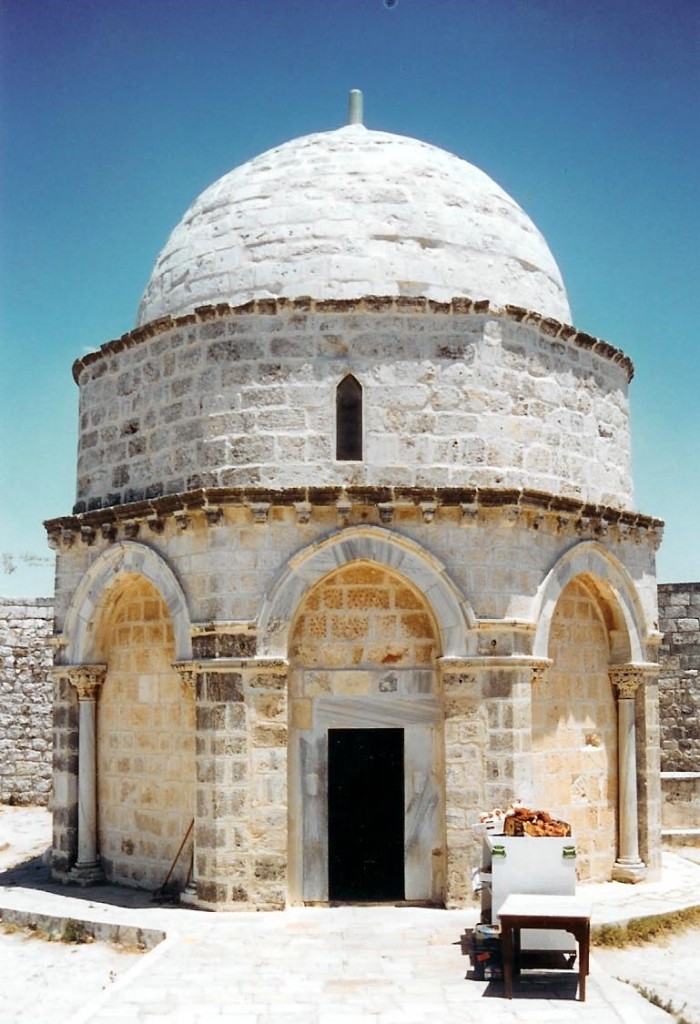
18.02.03.A. THE MOSQUE OF THE ASCENSION. The traditional place from which Jesus ascended was once a church, but is now a mosque. The small building was constructed in 187 by Pomenia and reconstructed by Constantine in the year 326. It was transformed into a mosque in 1187 by Salah Ed Din because Muslims consider Jesus to be one of their prophets. Foot impressions on the stone inside are said to be the footprints of Christ.[8] Photograph by the author.
[1]. The Shekinah Glory appeared four times in the life of Jesus: 1) to the shepherds (Lk. 2:8-9), 2) at His baptism (Mt. 3:16), 3) at the transfiguration (Mt. 17:5) and, 4) at His ascension (Acts 1:9).
[2]. Barclay, “John.” 1:69.
[3]. Vincent, Word Studies in the New Testament. 1:40.
[4]. Elwell and Yarbrough, Readings from the First-Century World. 126. The title of Pontius Pilate was always thought to be procurator because some early church fathers referred to him with that title.. However, an inscription was discovered in Caesarea that has his title as “Prefectus Judaea.” See 16.01.06.B.
[5]. Martin, Worship in the Early Church. 32.
[6]. Pixner, With Jesus in Jerusalem. 60, 69.
[7]. Avi-Yonah and Kraeling, Our Living Bible. 303.
[8]. Mackowski, Jerusalem City of Jesus. 30; Tsafrir, Yoram. “Ancient Churches in the Holy Land.” 19:5, 39.
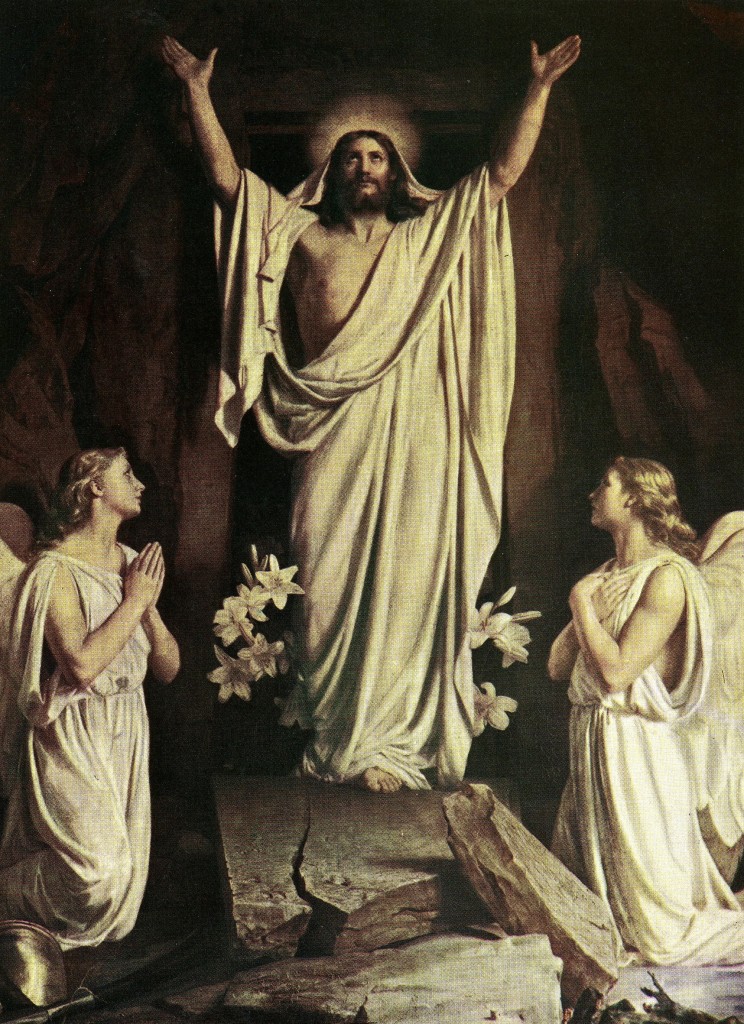
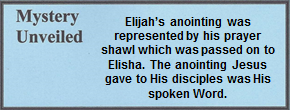
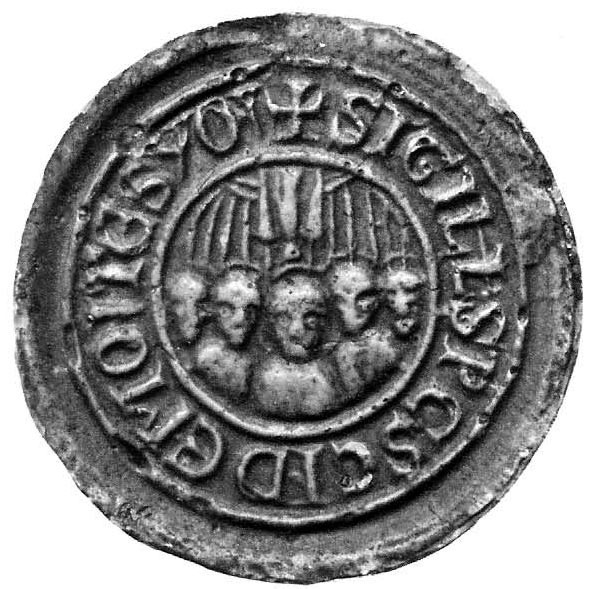
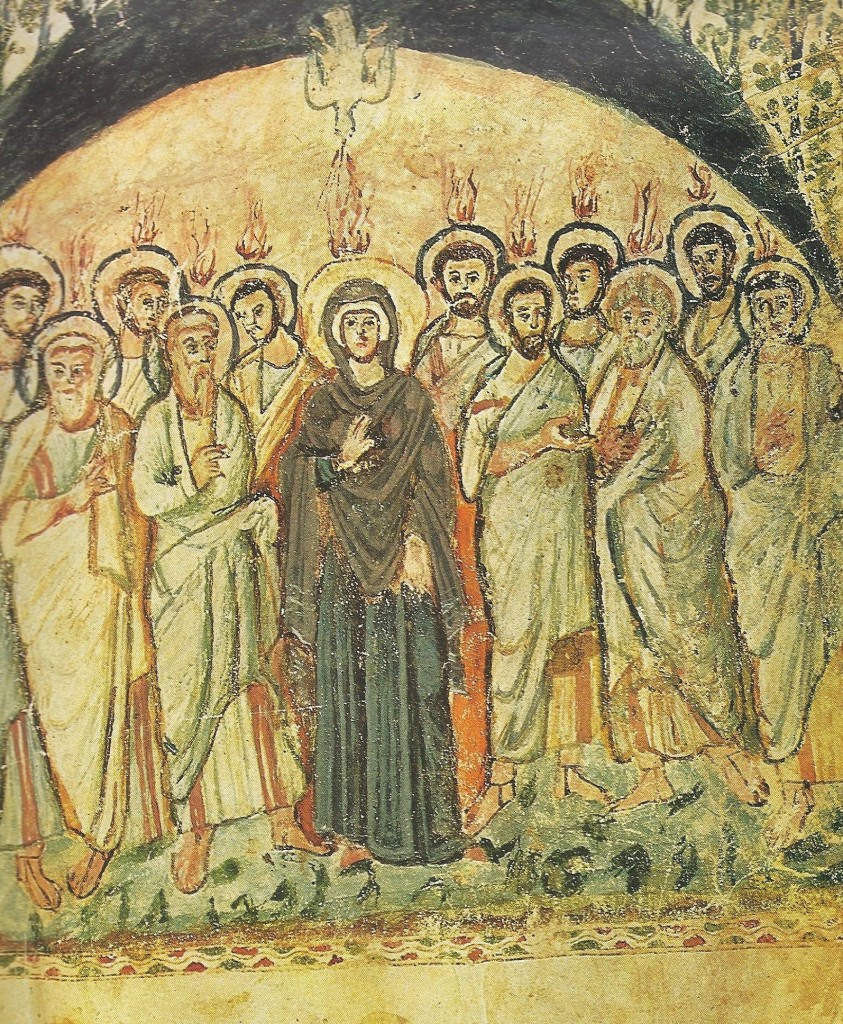

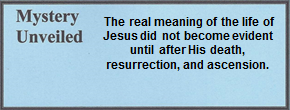
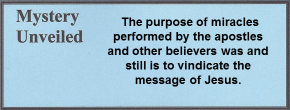
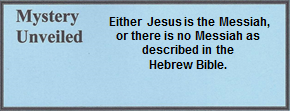
18.03 Closing Comments
Unit 18
Resurrection And Appearances
Chapter 03
Closing Comments
18.03.00.A. SUMMARY OF THE BIBLE by Hans Holbin. This picture shows the themes such as Creation and Moses of the Old Testament on the left, and the plan of salvation and the sacrifice of Jesus on the right. The tree in the center has dead branches on the left depicting the Old Testament era, whereas the right side of the New Testament era is healthy and strong. This reflects typical theology of the 16th century Europe.
18.03.00 Closing Comments
Jesus never intended to be the founder of a new religious faith. He came to redeem His people from the curse of sin that always leads to death. The authenticity of His life was realized by the fulfillment of hundreds of Old Testament prophecies. The hope of the Jewish people was now reality (Acts 2:16; 3:18, 24; 10:43). He became exalted as Lord, not by His death, but by His resurrection from death (Acts 2:33-36; 3:13; 4:11). He was aware, however, because of the Jewish rejection of the fulfillment of the Old Testament, a new faith would be developed. To those who placed their faith and hope in Him, Jesus gave the Holy Spirit as a Comforter and His Presence (Acts 2:17-22, 32, 44). He shall return as reigning judge and Savior (Acts 3:20 ff.; 10:42; 17:31), but in the meantime there is a daily appeal to lost souls to come to repentance and to live godly lives, filled with His Presence in the form of the Holy Spirit (Acts 2:38; 3:19; 10:43).
Unfortunately, church history is riddled with countless accounts of those who failed to follow the divine directives of Jesus and His apostles. Yet, buried between these pages of history, is occasional evidence of believers who lived holy lives that gave testimony of being true Christians in their villages and communities. For example, in the ancient city of Hebron Jews and Christians were buried in the same cemetery until the 6th century. This indicates, clearly, that the Jews did not consider the Christians outside of the Jewish faith, as in other parts of the world. The believers of Hebron saw Jesus as a fulfillment of the Hebrew Bible, not a replacement of it.
Jesus always spoke with compassion to those who came to Him to hear, to learn, or to be healed. He spoke of Scripture as revelation that was self-authenticating, rather than a legal code to be feared or used as a weapon. His words to his opponents were frequently sarcastic and condemning. He never overloaded His audience with philosophy, theology, or excessive words. In fact, He trusted His followers, such as the Apostle Paul, to put together His ideas, theology, ethics and guidelines for the believer and the church.
The word pictures and the compassion Jesus had, speak volumes. His longest sermon, the Sermon on the Mount, can be delivered in about fifteen minutes. His longest monolog (Lk. 15) can be dramatically delivered in ten minutes. His sermons crossed all social lines of his world. He conveyed the Kingdom of God through pictures of daily life. In some manner, all of His listeners understood they had missed the mark and that the Grace of God was available for them. This is especially noteworthy in Luke 15.
One of the problems encountered with this study was where to delineate the limits of research. The teaching techniques are different from the figures of speech, which were eventually written in various literary forms. This delineation is hardly distinctive and, is therefore, subjective for every student.
The primary objective of Jesus was to bring the Kingdom of God to humanity. He underscored the words of the Old Testament prophets. He brought salvation and healing to an oppressed people and taught them to live in covenant with God. As such, he used the objects of daily life to convey the
deep and merciful truths of God.
According to the report in Ynet News, this is the first time a seal with the image of Jesus has been discovered in excavations in Tiberius, the only site in Israel where coins have been found. A number of similar seals have been found in Caesarea, the ancient capital of the province.
Professor Yizhar Hirschfeld of the Hebrew University, who was in charge of the dig, notes that the seal shows an important church official. “The church here was stronger than we thought. This also shows that Judaism and Christianity met here and lived together in harmony,” he says.
One Solitary Life
He was born in an obscure village, the child of a peasant woman. He grew up in another obscure village, where He worked in a carpentry shop until He was thirty.
Then for three years He was an itinerant preacher. He never had a family or owned a home. He never set foot inside a big city. He never traveled more than two hundred miles from the place where He was born. He never wrote a book or held an office. He did none of the things that usually accompany greatness.
While He was still a young man, the tide of popular opinion turned against Him. His friends deserted Him. He was turned over to His enemies and went through the mockery of a trial. He was nailed to a cross between two thieves. While He was dying, His executioners gambled for the only piece of property He had, His coat. When He was dead, He was taken down and laid in a borrowed grave.
Nineteen centuries have come and gone, and today He is the central figure for much of the human race. All the armies that ever marched, and all the navies that ever sailed, and all the parliaments that ever sat, and all the kings that ever reigned, put together, have not affected the life of man upon this earth as powerfully as this “One Solitary Life.”
– Anonymous
Video Insert >
18.03.01.V Some Concluding Thoughts. After thousands of hours of study in more than 18 years, Dr. Bill Heinrich presents some inspiring closing thoughts with a little help by some very special young scholars.
18.03.01.V HEINRICH Concluding Thoughts (05:57) from Evidence of Truth Ministries on Vimeo.
Jesus didn’t just come to save sinners, but to save then and transform them into His beautiful image. That image is His character, His personality, and all that He is. Everything else is detail.